ASL Unit 1
1/206
There's no tags or description
Looks like no tags are added yet.
Name | Mastery | Learn | Test | Matching | Spaced |
|---|
No study sessions yet.
207 Terms
2\. Produced with the hands, like a visual form of English. Wrong. English and ASL are separate and distinct languages.
3\. Sign languages are simply gestures. Wrong. Many signs are abstract, which means they have to be learned.
4\. ASL will be easy to learn. Wrong. They learn quickly that ASL is not simply gestural.
5\. Deaf people read/write in braille.
5 Sign Parameters
MOVEMENT of the hands
LOCATION of the hands
ORIENTATION
HANDSHAPE
NON-MANUAL MARKERS
PROXIMALIZATION
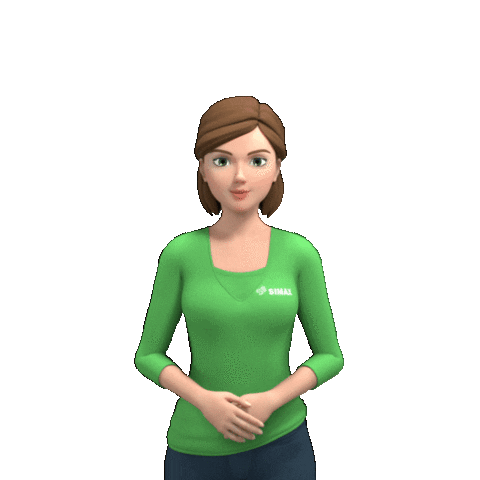
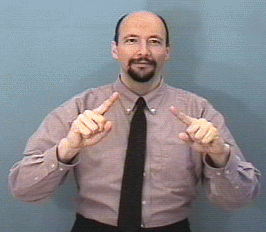
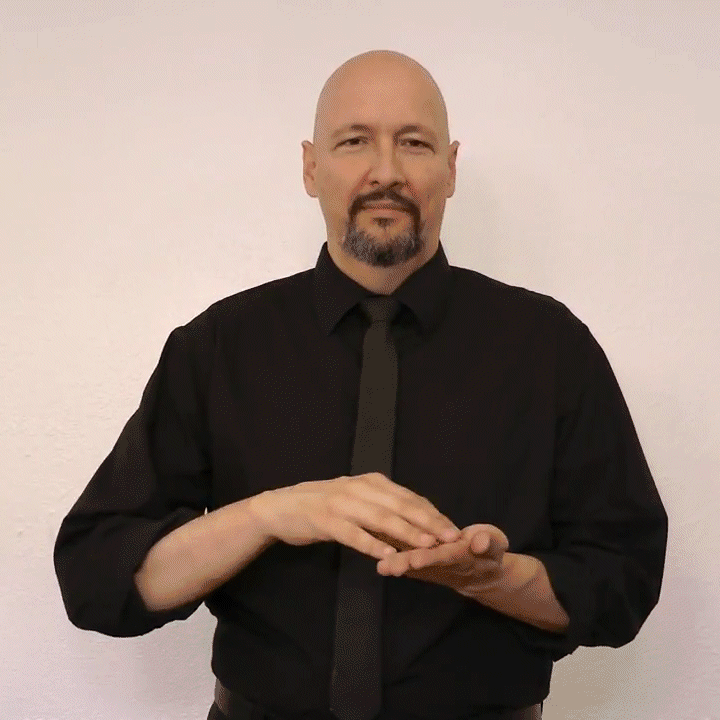
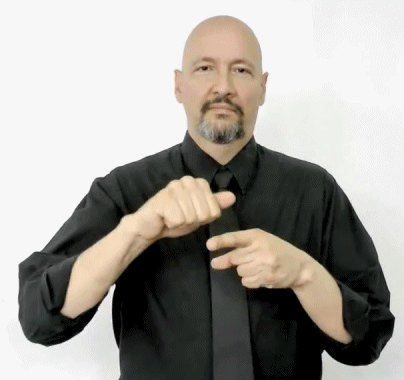
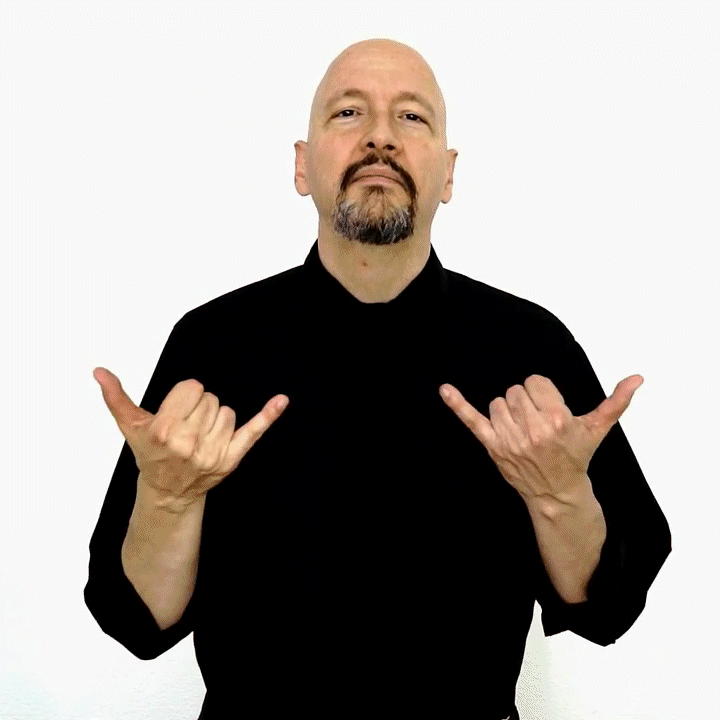
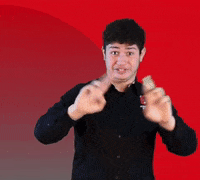
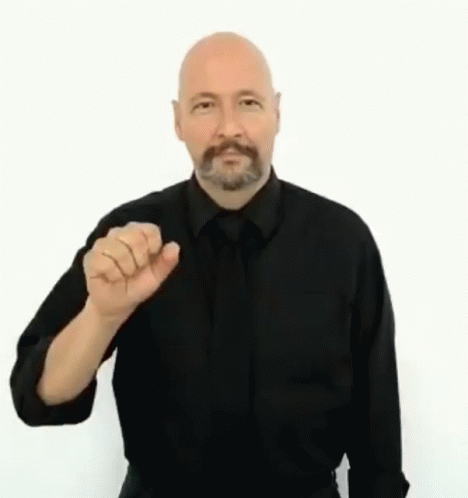
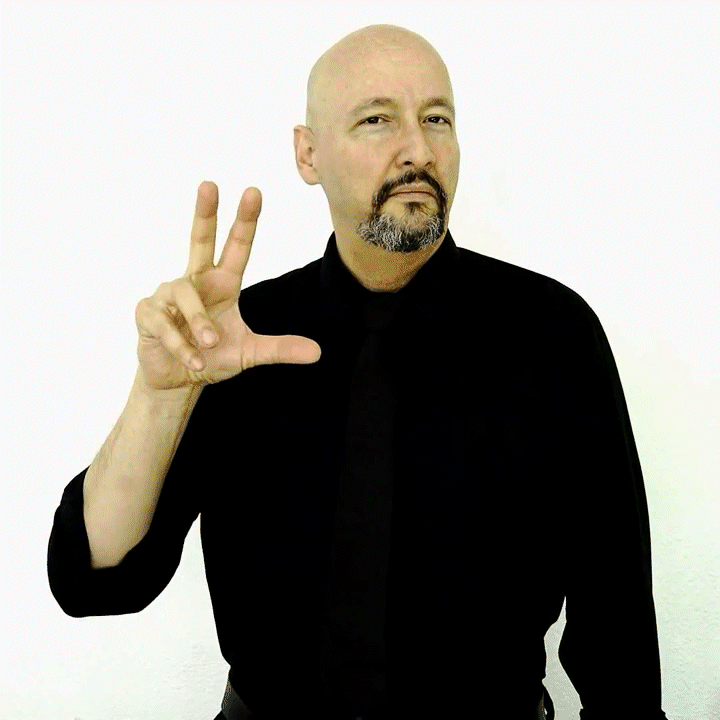
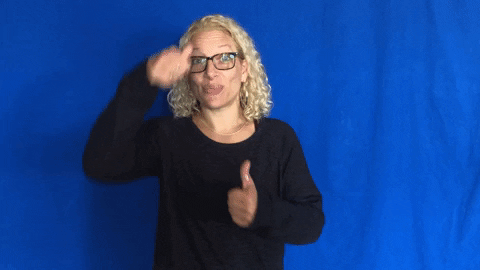
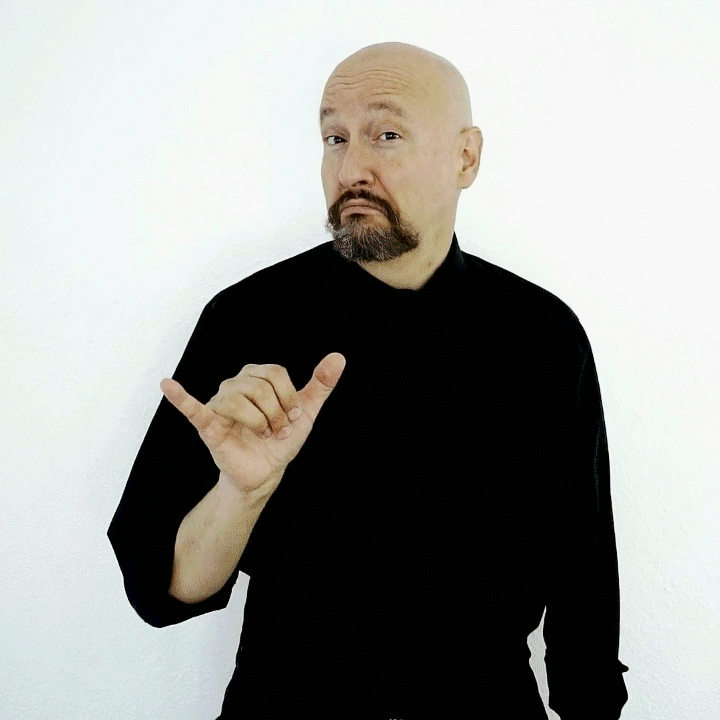
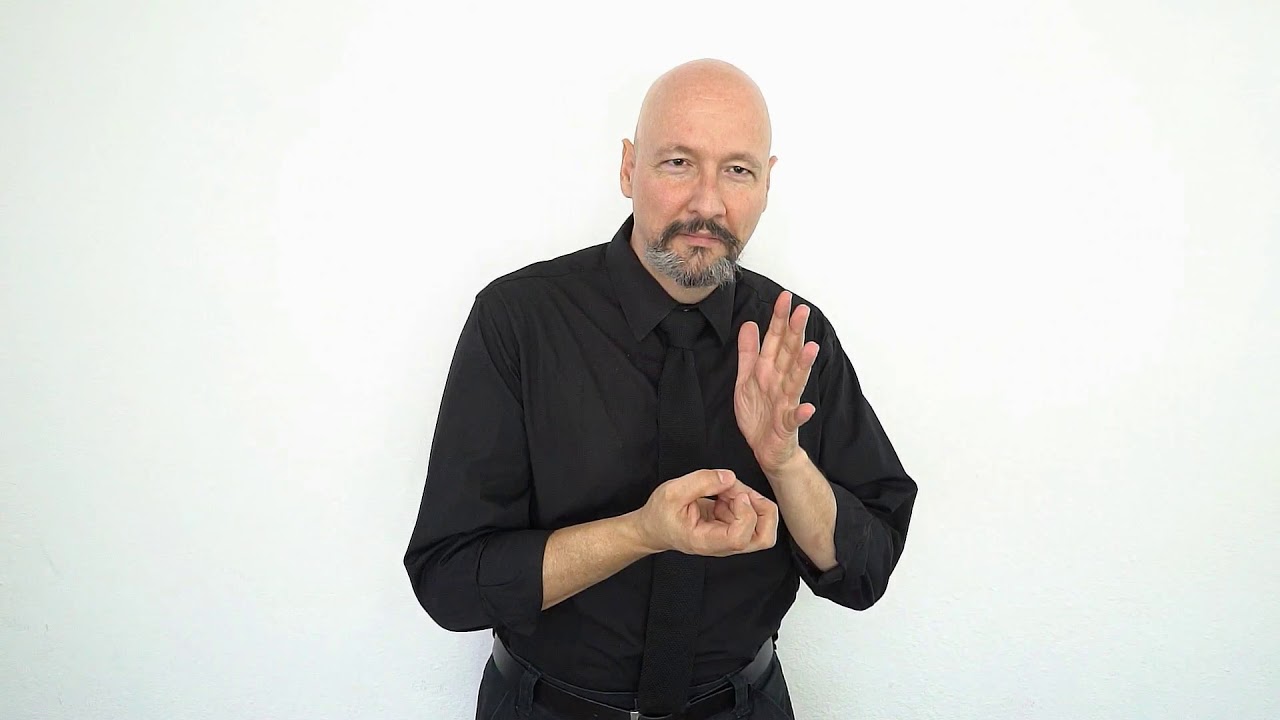
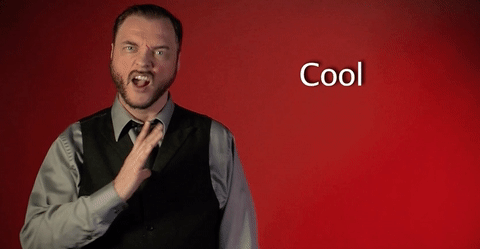
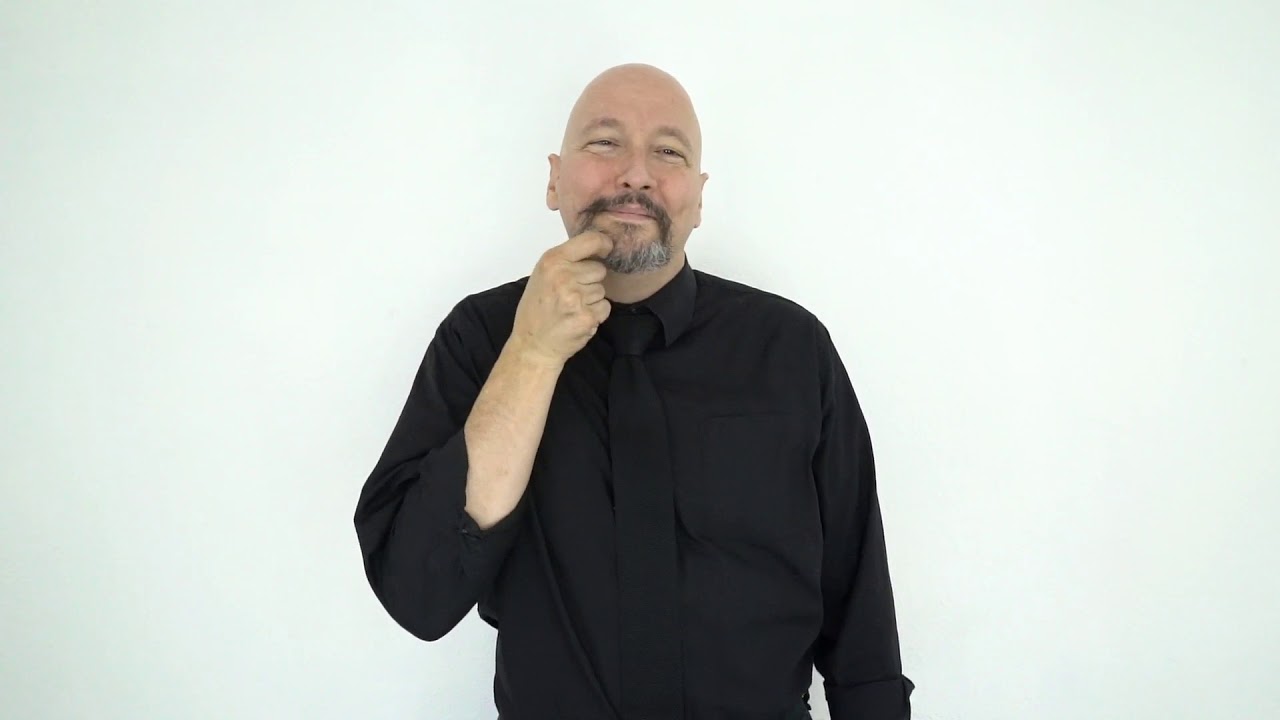
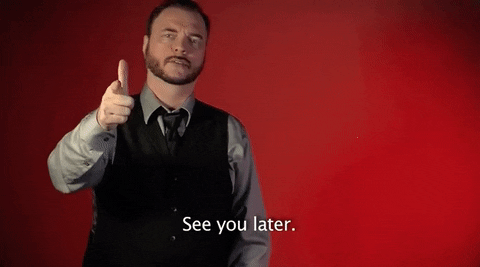
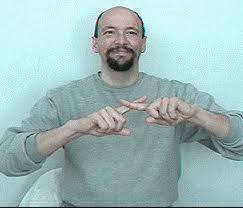
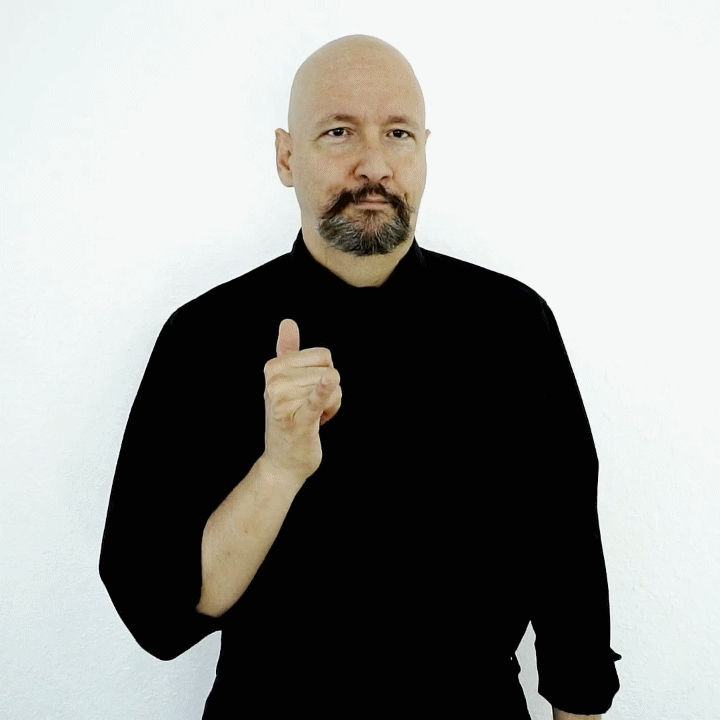
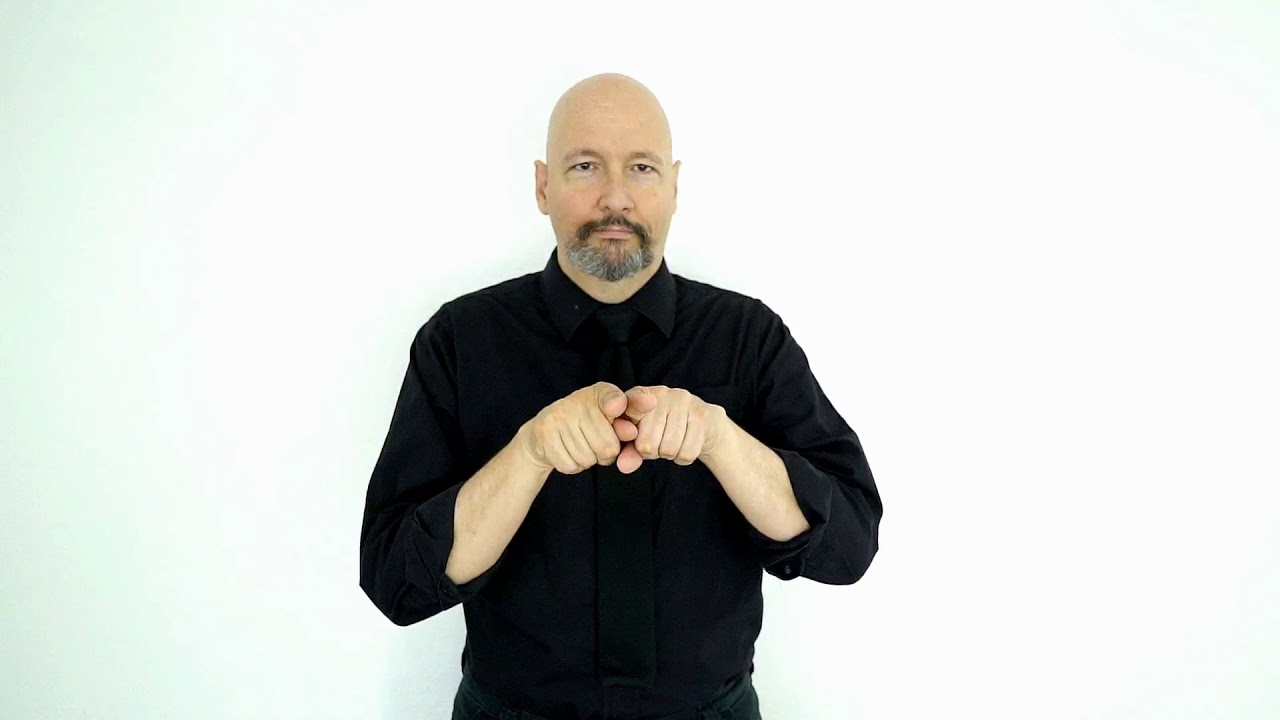
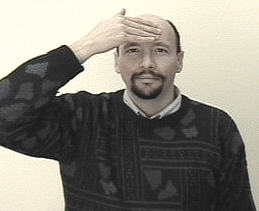
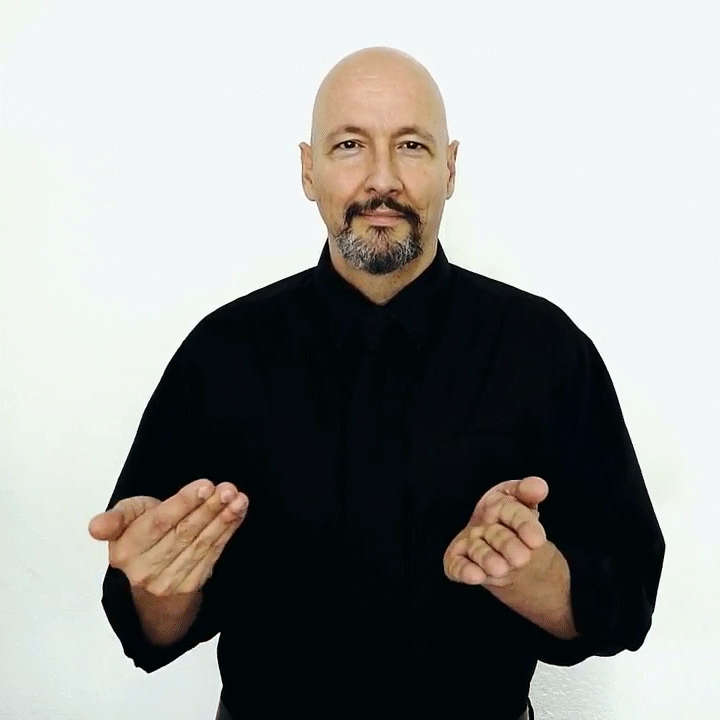
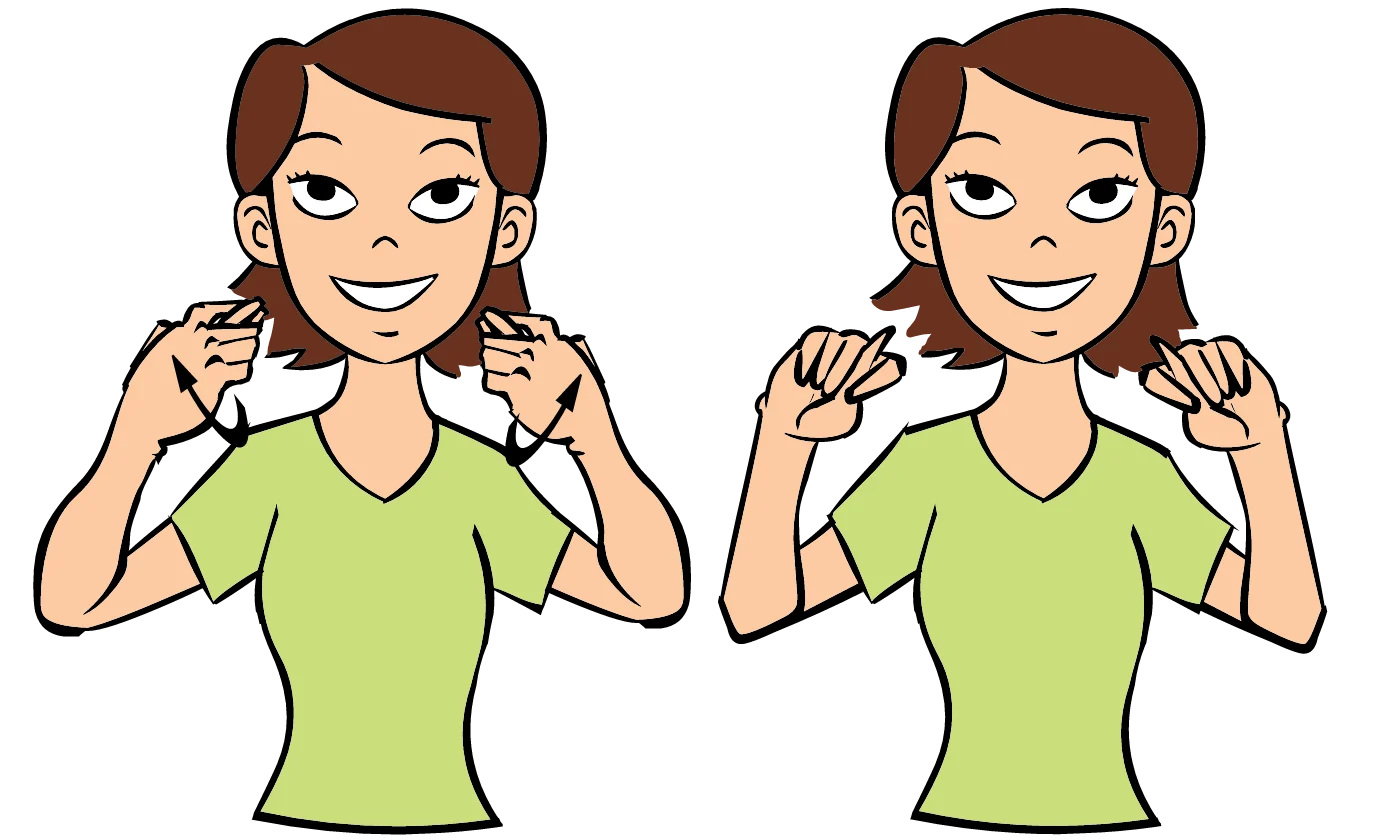
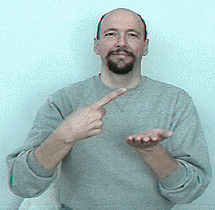
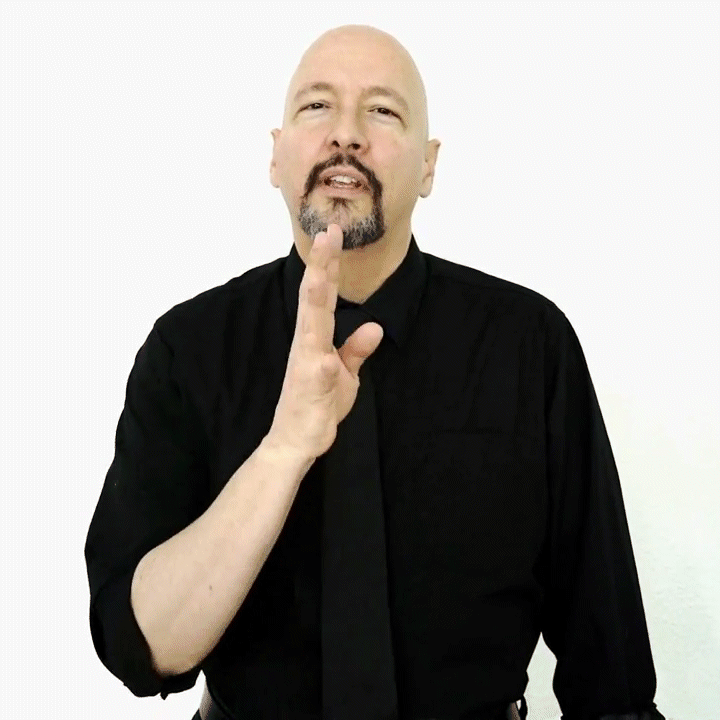
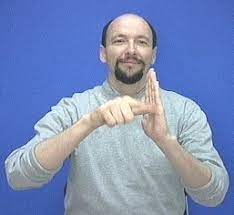
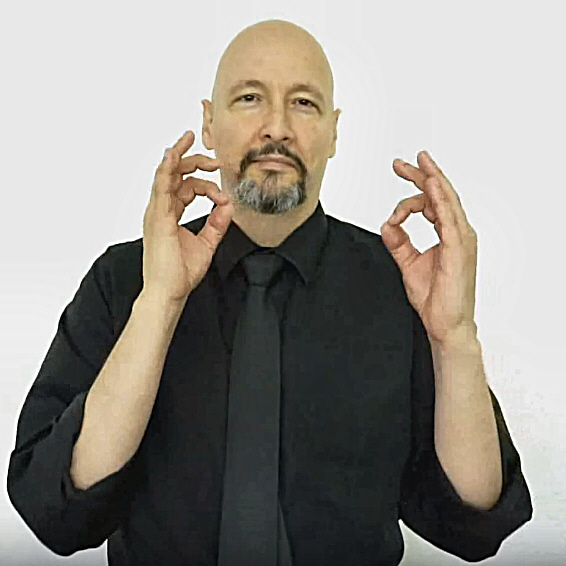
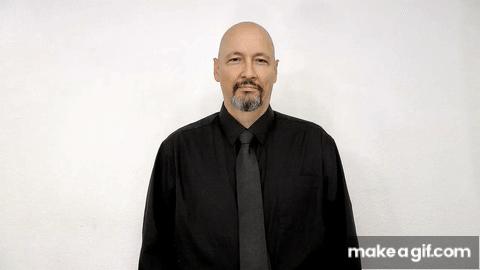
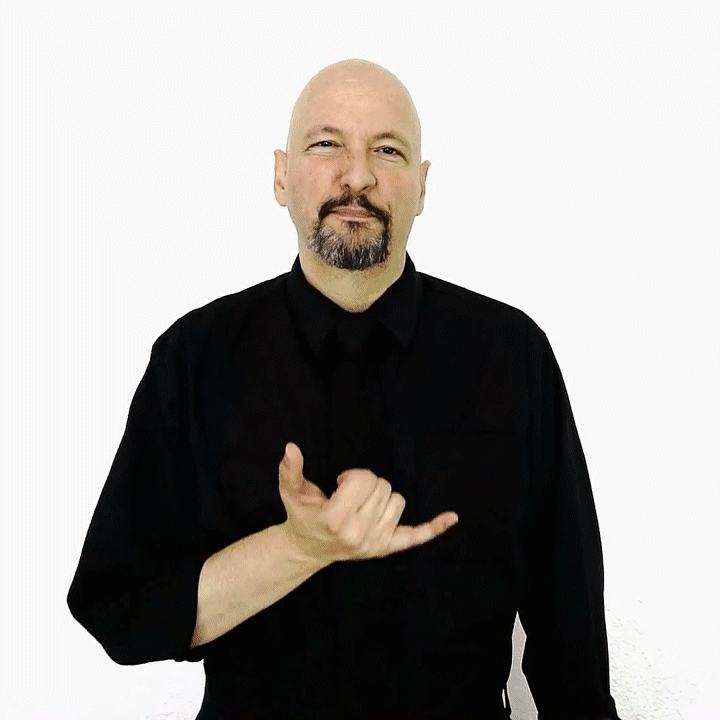
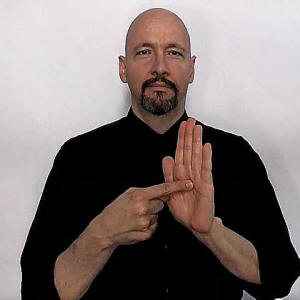
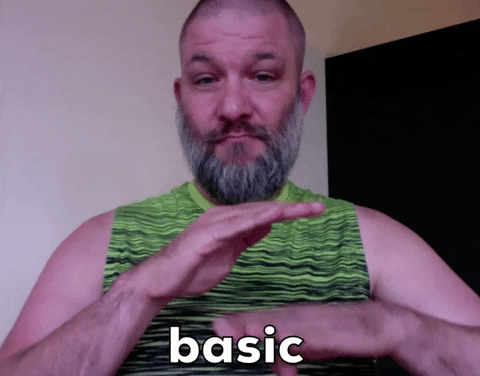
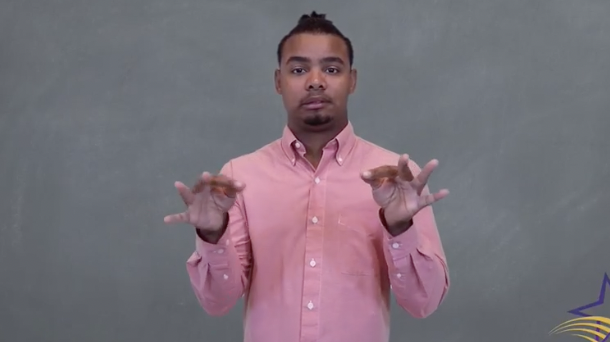
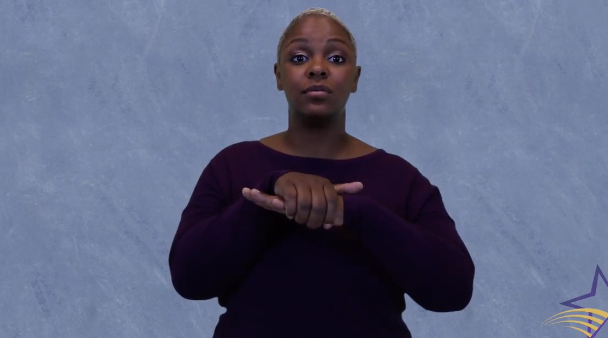
Worksheet
Work + Sheet (hit 2x)
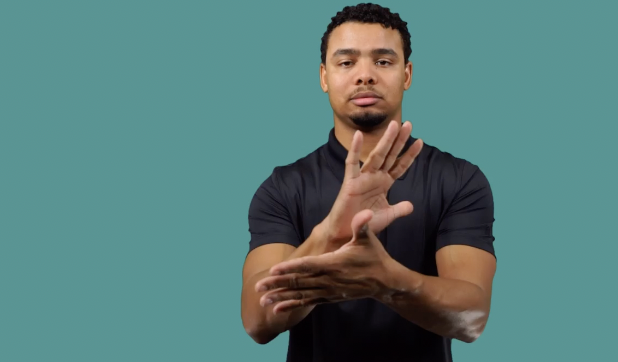
Homework
Home (touch chin then cheek) + Work
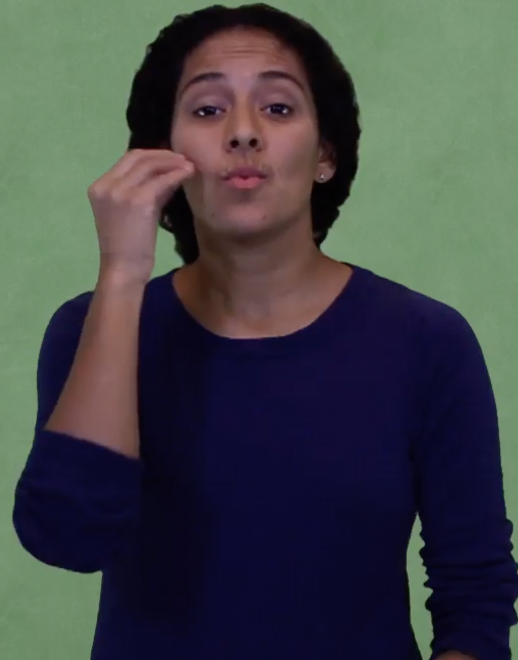
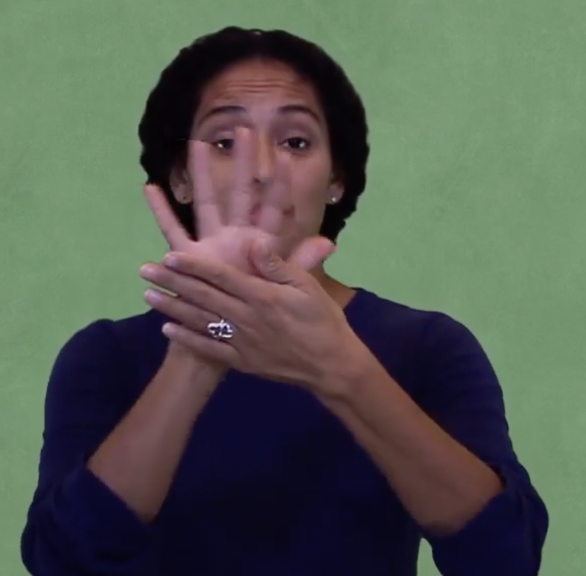
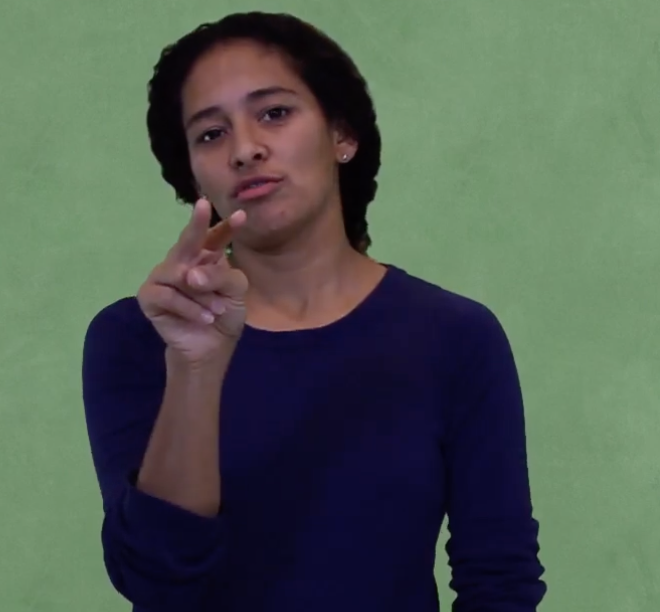
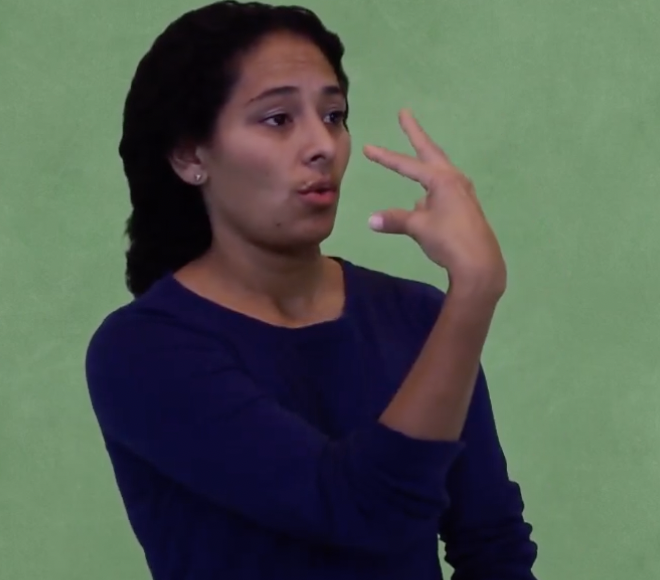
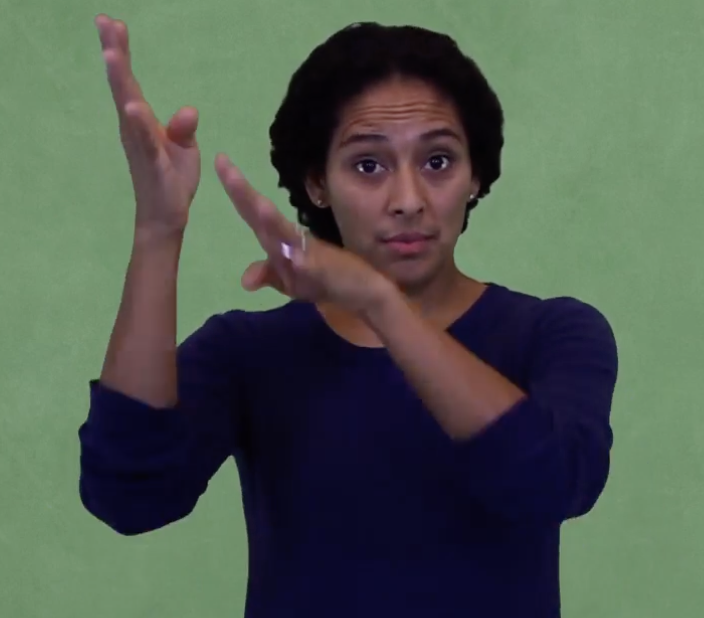
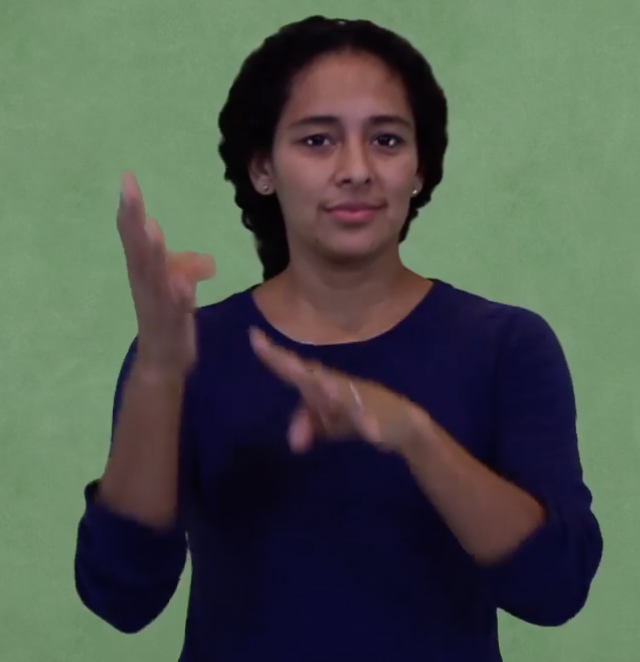
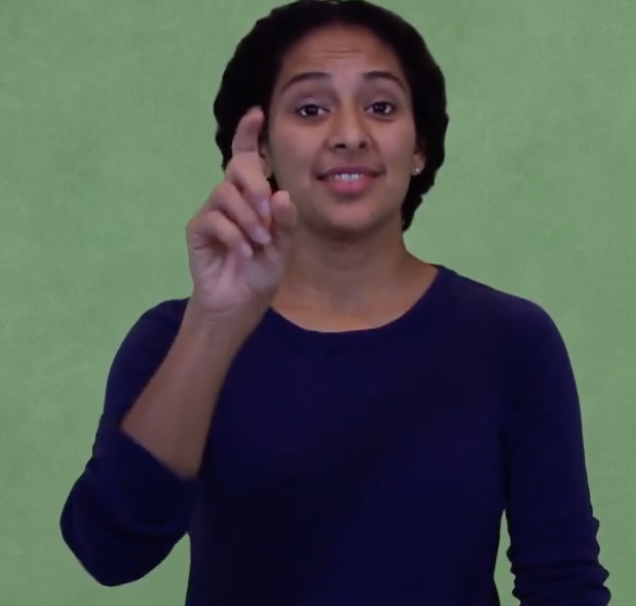

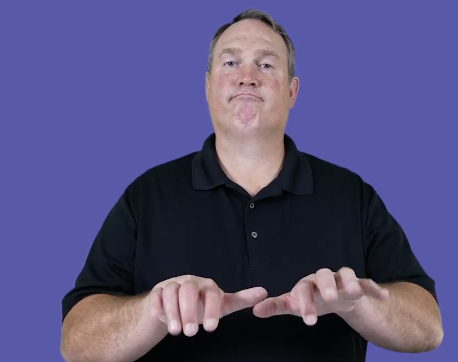
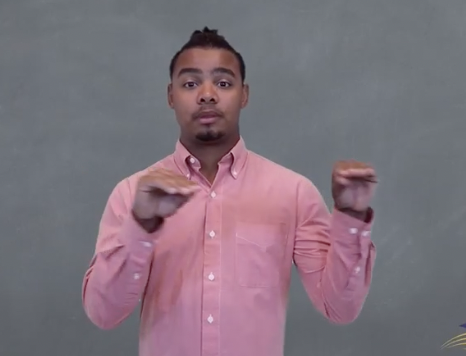
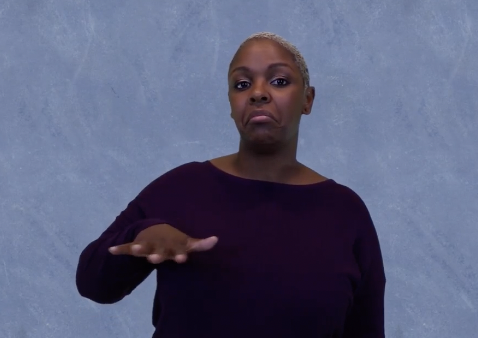
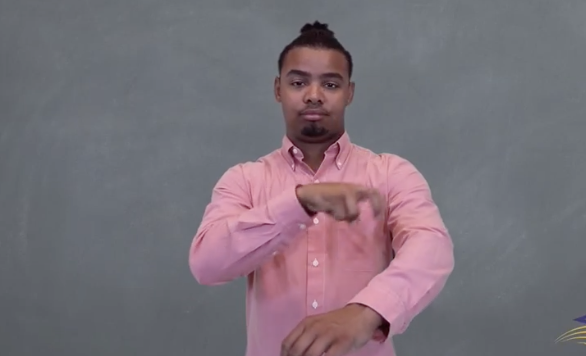
1. Sign as much as you can with your classmates in your ASL classroom! It is important for you and your classmates to turn off your voice completely. This way your comprehension will improve.
2. If there is an ASL lab, take advantage of the opportunity and attend regularly! You can sign with people at the lab and pick up ASL more quickly.
3. Attend events hosted by the Deaf community. Before going, you should ask your teacher if it is all right for you to attend that particular Deaf event. If your teacher gives you the go-ahead, do go and immerse yourself, interact with people, and learn ASL.
\
Strategy #2: Wave your hand. If they are a distance away, it’s fine to wave your hand in their field of vision. However, if they are seated close by, do not wave your hand right in their face.
\
Strategy #3: Stomp the floor. For floors made out of materials like wood - when you stomp your foot - others will feel the vibrations and turn to look at you.
\
Strategy #4: Flash the lights. Turning lights on and off once or twice is enough. Avoid repetitive flashing.
\
Strategy #5: Tap the table. Tap the table like you would a shoulder, maybe a bit harder, to get the attention of someone seated further down at the table.
1. HEAD NODS: Nod your head slightly, in various speeds and rhythms along with different mouth movements (slightly apart, pursed).
2. OH-I-SEE: Bounce a y-handshape along with various facial expressions ranging from ‘that’s interesting’ (lips parted slightly, head back), ‘that’s surprising’ (head tilts forward, eyebrows up, lips in an upside-down u), or ‘that’s cool’ (head tilts to the side, with lips in a ‘mm’ shape).
1. Show your confusion on your face by furrowing your brows and shaking your head from side to side slightly.
2. Another option is to bring your hand up in a slight wave, and then sign AGAIN twice with your eyes squinted.
Who was William Stokoe?
a leading educator that published linguistic findings that showed American Sign Language is a true and natural language. His studies and advocacy helped change the way deaf people are educated around the world.
What is American Sign Language?
a complex visual language that is predominantly used by the Deaf community in the United States and Canada. It has its own grammar, syntax, semantics, discourse, and vocabulary and is not simply gestural. ASL combines hand gestures, facial expressions, and body language to demonstrate meaning.
What is the process of developing a language?
First, you are being exposed to lots of signs and information. Second, you start to make connections. Third, you finally understand.
When you ask YES/NO-Question, what should one do with their eyebrows?
Raise Them
When you use WH-Question, what should one do with their eyebrows?
Furrow Them
Why does everyone sign so fast in TWA?
To show authentic and natural signing
Tips for fingerspelling
Keep elbow and arm in relaxed position near your body
Fingerspell in the same spot
Relax hands and do not squeeze
Avoid rocking or bouncing
Palm faces outwards
Pause briefly between words
What is the thesis about DeafDisabled called?
“Ableism in the Deaf Community”
What is problematic about the DeafDisabled vs. Deaf communities?
When Deaf people say that being Deaf is not a disability, it hurts because they are denying the term “Disabled” and marginalized the DeafDisabled from the Deaf community.
Dictionary
Brush upward twice
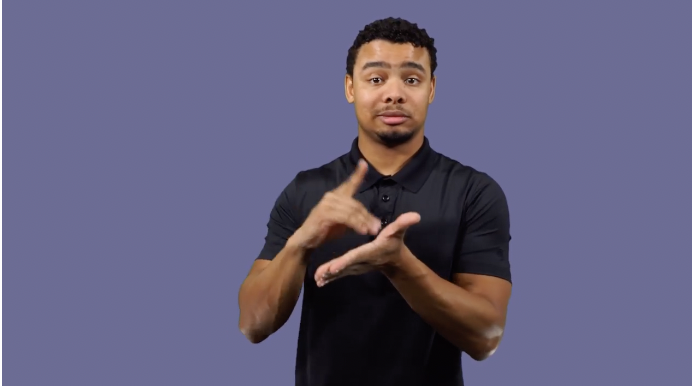
How do you spell your name?
(Possessive your) + name + fingerspell? With furrowed eyebrows
What
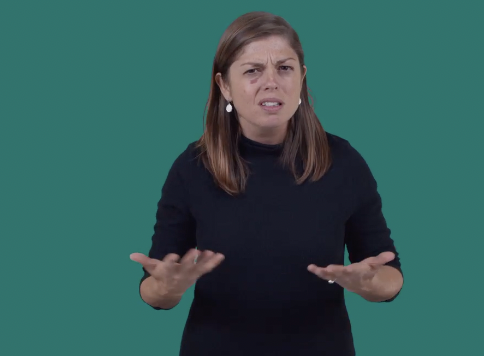
Who
L shape and waggle finger
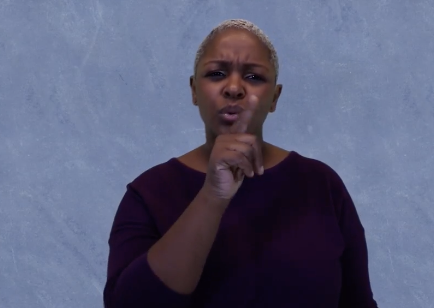
Where
Wag finger
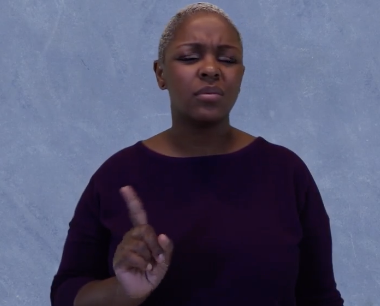
When
Make circle with finger and land on pointer
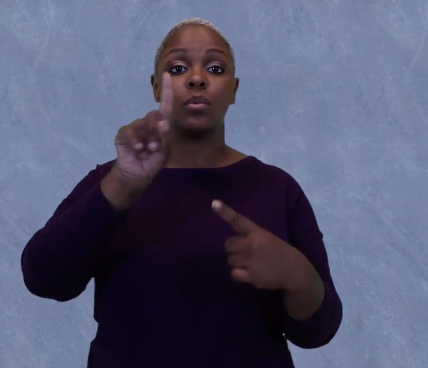
Why
Wag three finger
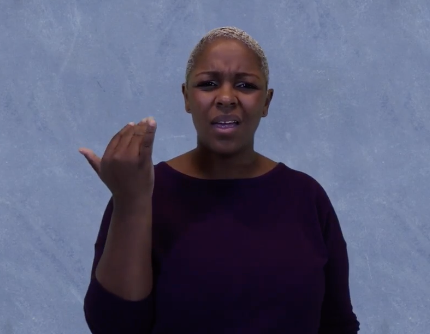
Which
move thumbs up and down
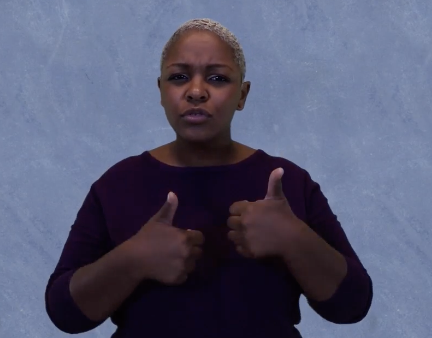
How
wiggle dominant hand
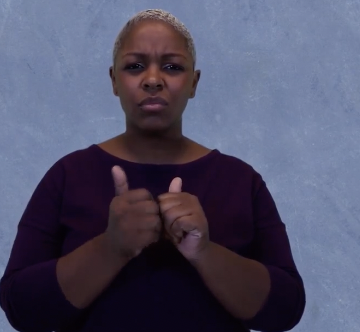
How many
start closed and open with upward movement
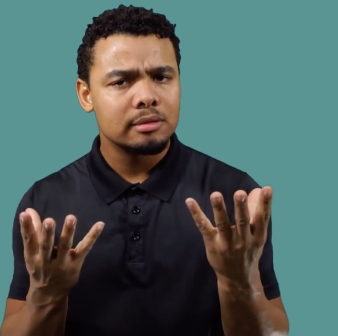
What kind/What type
Circle two v’s and land with dominant hand on top
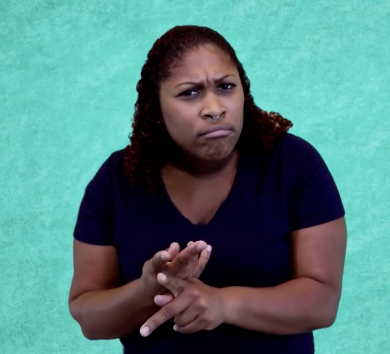
Question Mark
waggle finger
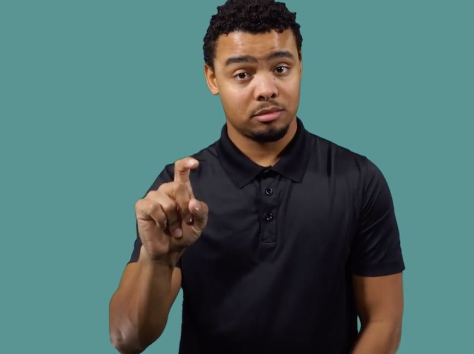
Us/We
Start here then circle to other shoulder
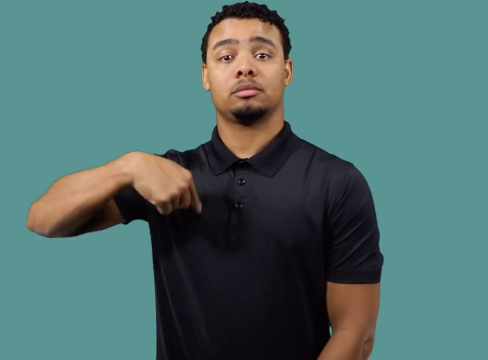
Them/They
Point and move to all people
Our/Ours
start here and move to other shoulder
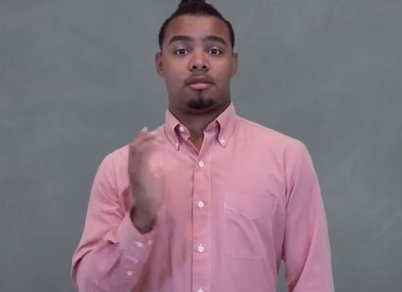
Two of us
shake up and down
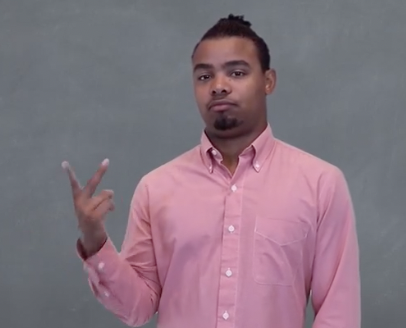
Three of us
make little inward circles
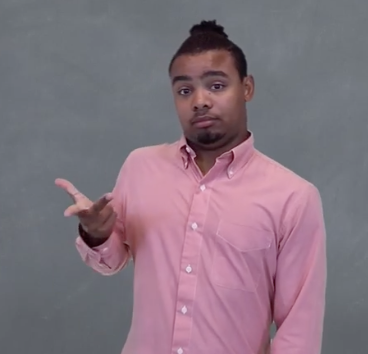
Four of us
four, upwards facing palm, make little circles
Five of us
five, upwards facing palm, make little circles
A group of us
start with finger pointed up, then end here and circle finger pointing down
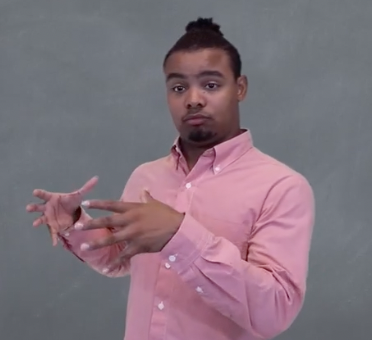
two of you/three/four/five
Same as us, except arm is extend farther away
You and your group
point to you and then sign group
(BLANK) of them
make number with palm up, mini circle and off to side to show “them
A group of them
Group plus circle with finger pointing down not including self
Ten
Shake gently
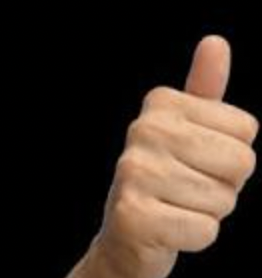
20
Tap index and thumb repeatedly